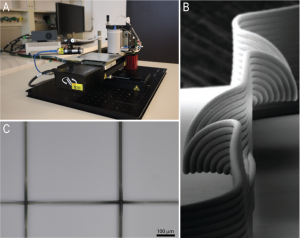Semester/master projects
SEMESTER/MASTER PROJECT: Engineering strategies to perfuse bioprinted 3D models of pancreatic cancer
Pancreatic ductal adenocarcinoma is a devastating type of cancer with poor prognosis and low survival rates. In it, the typically soft (stroma) surrounding the tumor site stiffens into a dense, fibrous tumor microenvironment. This stiffening, which seems to block the uptake and effectiveness of anticancer drugs, is caused by the crosstalk between pancreatic cancer cells and the surrounding stromal cells. To better understand this inflammatory process, we aim to bioprint 3D models of pancreatic tissue and follow the molecular interaction across cells within them.
More….
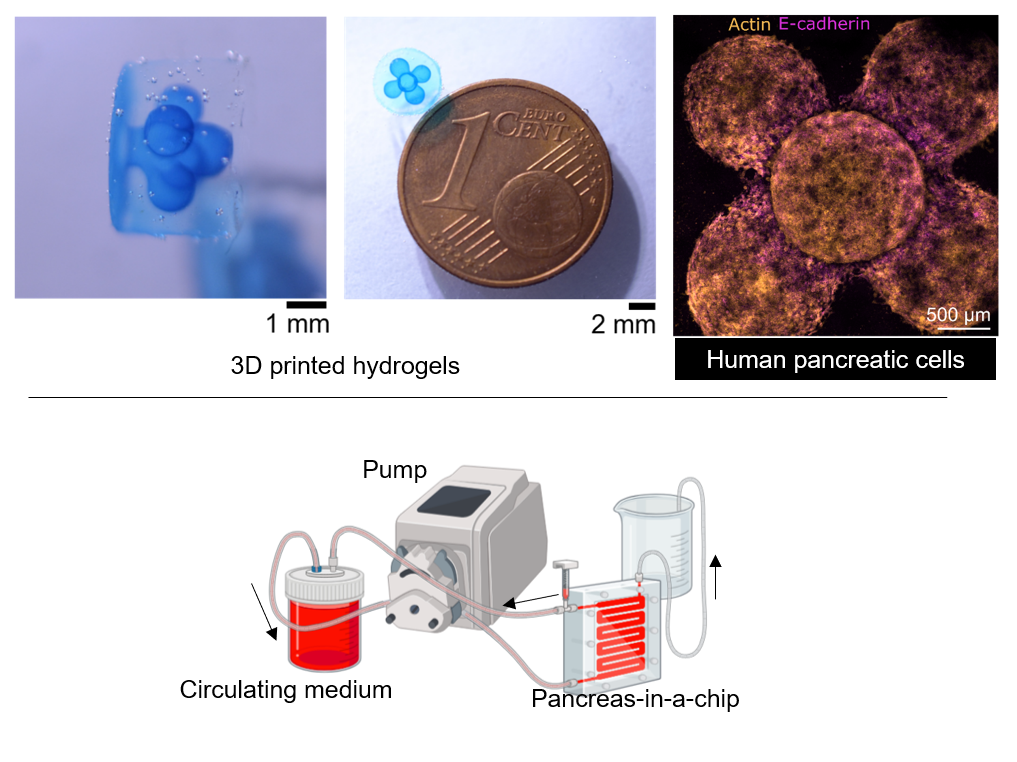
SEMESTER/MASTER PROJECT: Optical Network Switch for AI Compute
AI computation in datacenters is increasingly power-hungry and often bottlenecked by slow communication networks. At our lab, we are developing comprehensive solutions to enhance the scalability of AI compute clusters through a fast and energy-efficient optical network system. This multi-faceted project involves the mechanical design of optical components, software development for high-speed communication tasks, and creating electronic interfaces between optical engines and datacenter networks. More….
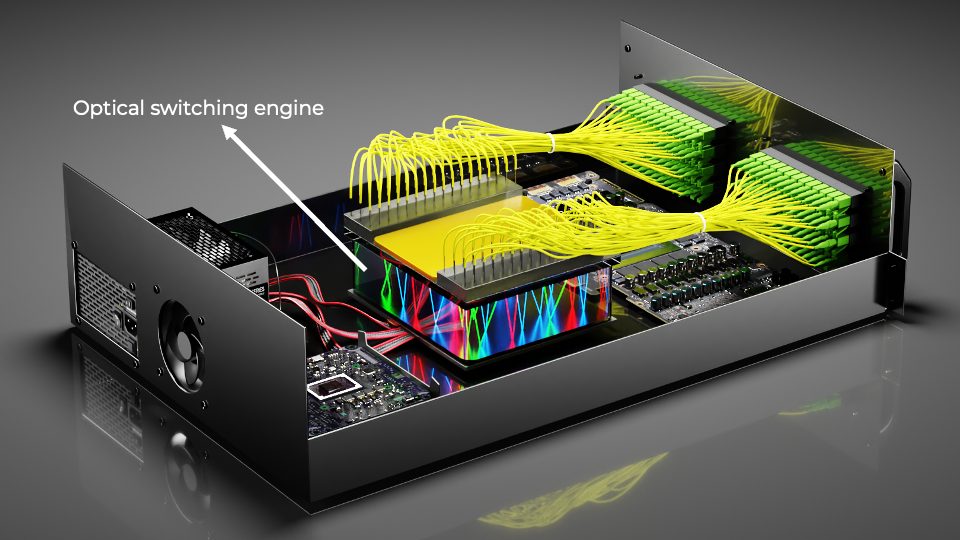
SEMESTER/MASTER PROJECT: Computational Phase Imaging with a Spatial Light Modulator
Traditional imaging using a lens and a standard light source falls short in recovering the complex amplitude of the electrical field (the optical wave). In the case of weakly scattering samples, such as cells, a bright-field microscope fails to unveil the fine details of the cell structure. On the other hand, phase-contrast imaging not only makes the phase shift caused by refractive index differences visible but also facilitates label-free imaging of biological specimens. More….
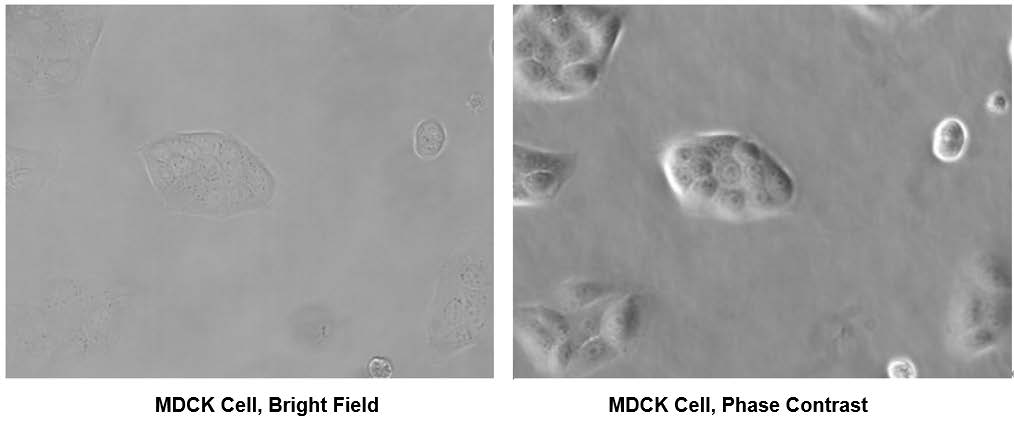
SEMESTER/MASTER PROJECT: Unlocking the Potential of Light for Energy-Efficient Deep Learning
Deep neural networks have undeniably transformed the landscape of artificial intelligence, but their hunger for electronic computing power has always been a challenge. Optical Neural Networks (ONNS), a cutting-edge domain that seeks to capitalize on the immense potential of light’s speed and efficiency. This semester, we invite you to join us in exploring this exciting frontier. More….
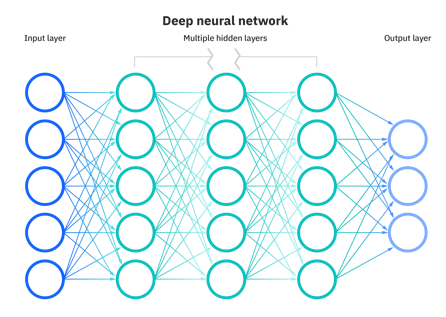
SEMESTER/MASTER PROJECT: Deep Neural Network for Global Horizontal Irradiance (GHI) Prediction
We are seeking a talented and motivated student to join our research team for an exciting master’s project focused on advancing the field of solar energy prediction using deep learning techniques. The primary objective of this project is to further develop a deep neural network (DNN) for accurate Global Horizontal Irradiance (GHI) prediction by incorporating additional image data and meteorological information. More….

SEMESTER/MASTER PROJECT: Optical Machine Learning with Nanoparticles
In our recent study, we demonstrated that light propagation inside lithium niobate waveguide can be utilized as nonlinear, high-dimensional data transform units, and thanks to its rich physical dynamics, machine learning tasks could be performed with a much smaller dependence on digital electrical hardware (such as GPUs). In our first approach, the waveguide does not include any memory elements, which is one of the essential ingredients of modern models like GPT-3. Having an optical memory is a long-standing challenge in the field. We are trying to solve it by benefitting the memory effect that we have observed in nanoparticles recently.
Upconversion nanoparticles (UCNPs) are capable of converting near-infrared (NIR) light to visible or ultra-violet (UV) light. These UCNPs also have great photostability and non-photoblinking nature. UCNPs have a relatively long rise and decay time compared to organic dyes, thus providing a memory in the optical domain. More….

SEMESTER/MASTER PROJECT: Multimode Fiber Based High Speed Optical Computing Modelling and Control with Neural Networks
We demonstrated that light propagation inside multimode optical fibers can be utilized as nonlinear, high-dimensional data transform units and thanks to their rich physical dynamics, machine learning tasks could be performed with a much smaller dependence on digital electrical hardware (such as GPUs). This phenomenon holds promise to alleviate the consequences of overparameterization, which allowed neural networks to perform extraordinarily complicated tasks, but has the downsides such as high energy consumption and exponential increase in the need of digital computation resources.
For achieving competitive performance levels with the proposed optical computation approach, the reconfiguration of the system for the planned task is crucial. In another study, we have shown that with wavefront shaping and by optimizing a few tens of parameters, the reconfiguration of the system could improve the performance of the optical computer significantly. However, the optimization follows a blackbox approach and limited in the number of programming parameters that can be controlled. More….
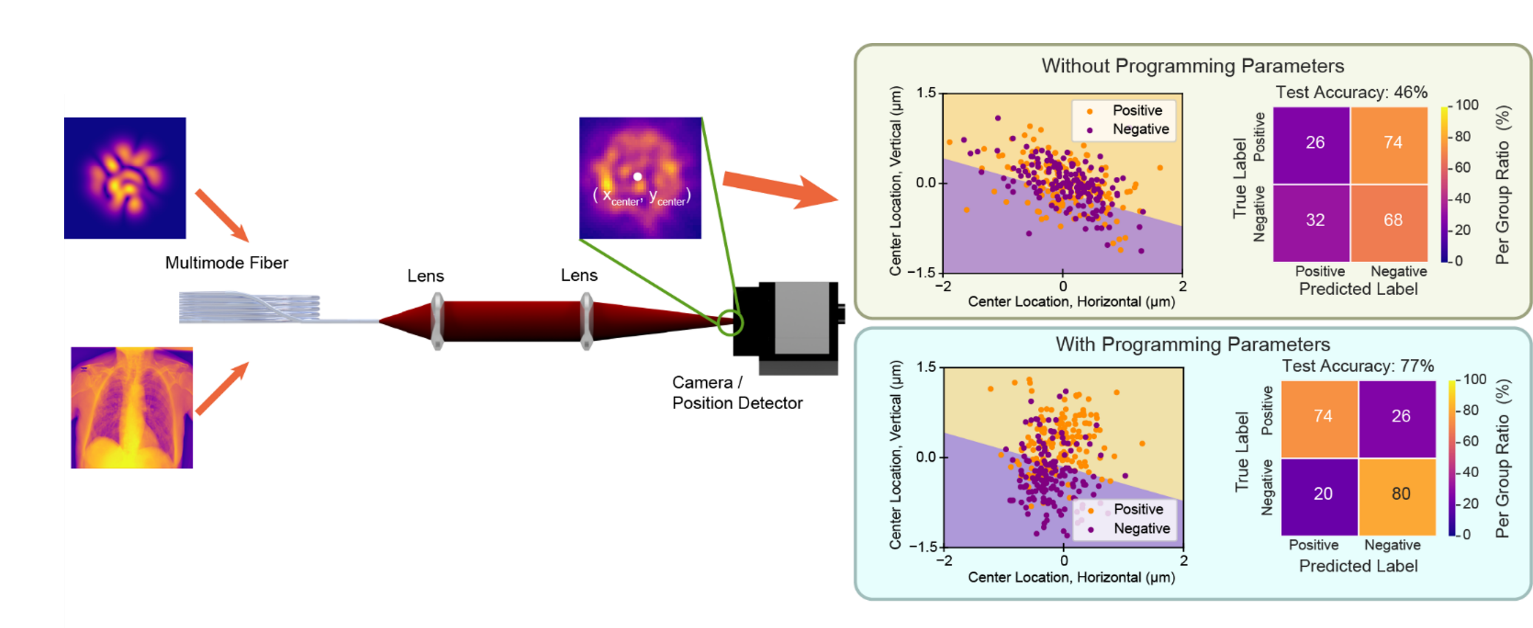
SEMESTER/MASTER PROJECT: Advance additive manufacturing instrument development
Melt electro writing (MEW) is an emerging high-resolution additive manufacturing technique for fibers, membranes and 3D objects in the micrometer range. MEW is related to solution electrospinning and allows the fabrication of continuous fibers with diameters of 1 – 50 µm, this is up to 10x smaller than for most other additive manufacturing techniques. Current and future applications of MEW include biomedical sciences, sensors, the textile industry, filtration technologies and many more. More…
